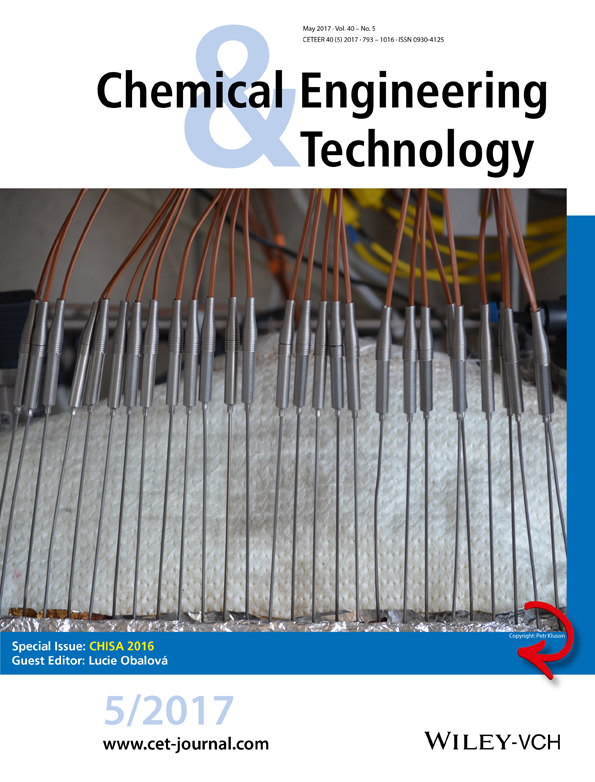Excess Adsorption Isotherms of Hydrogen on Activated Carbons from Agricultural Waste Materials
Abstract
Four activated carbons based on red mombin seeds, cocoa pod husk, the external part of mango pits, and coffee husk were prepared by chemical activation using zinc chloride. Adsorption isotherms of hydrogen measured by a volumetric method under supercritical conditions corresponding to the three temperature levels and the pressure up to ten bars were determined. The dependence of the adsorbed amount of hydrogen on equilibrium pressure was linear for all adsorption isotherms measured at ambient temperatures. The corresponding excess adsorption experimental data were fitted by Henry's adsorption isotherm with an excellent accordance. The Dubinin-Radushkevich adsorption isotherm was demonstrated to match the excess adsorption data at cryogenic temperatures with high accuracy.




